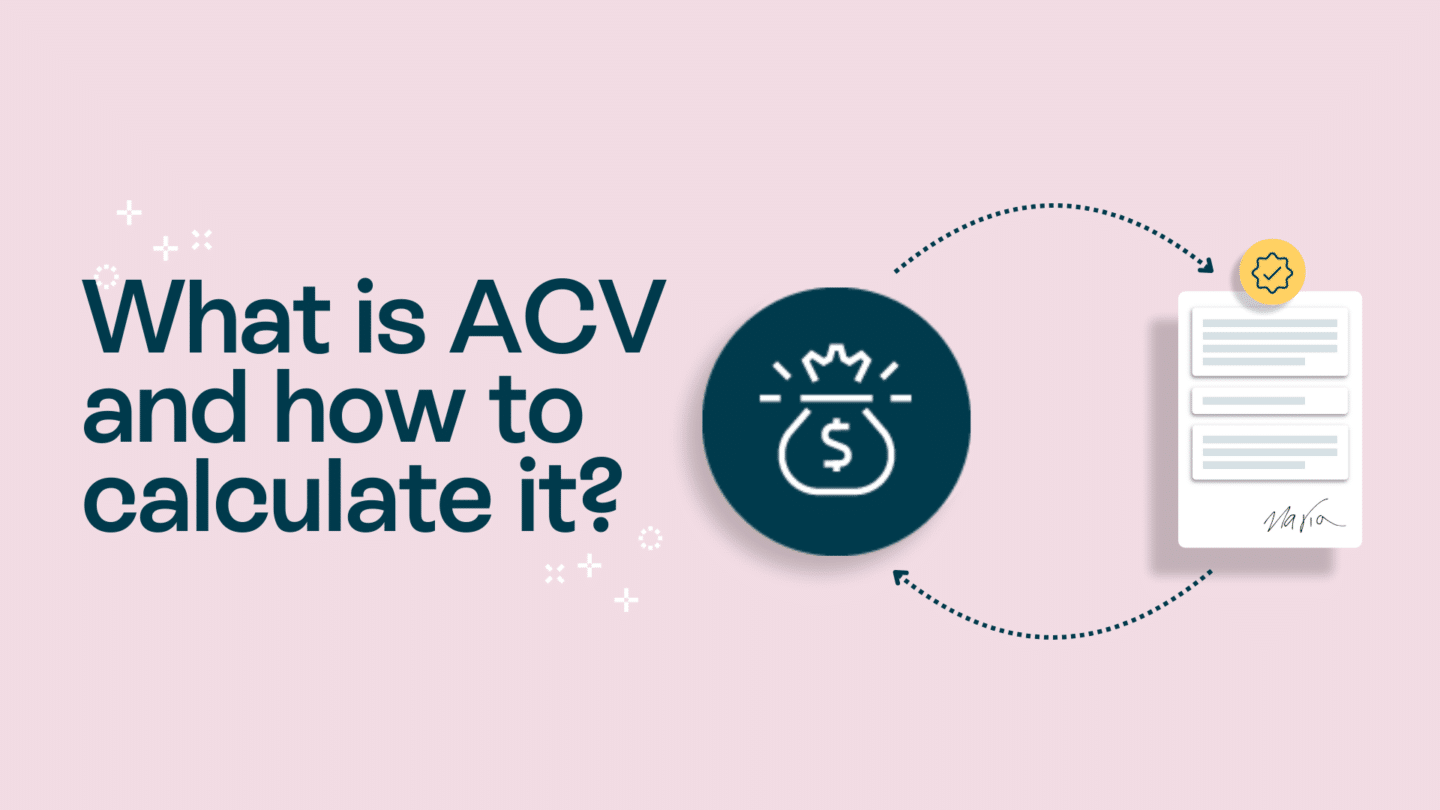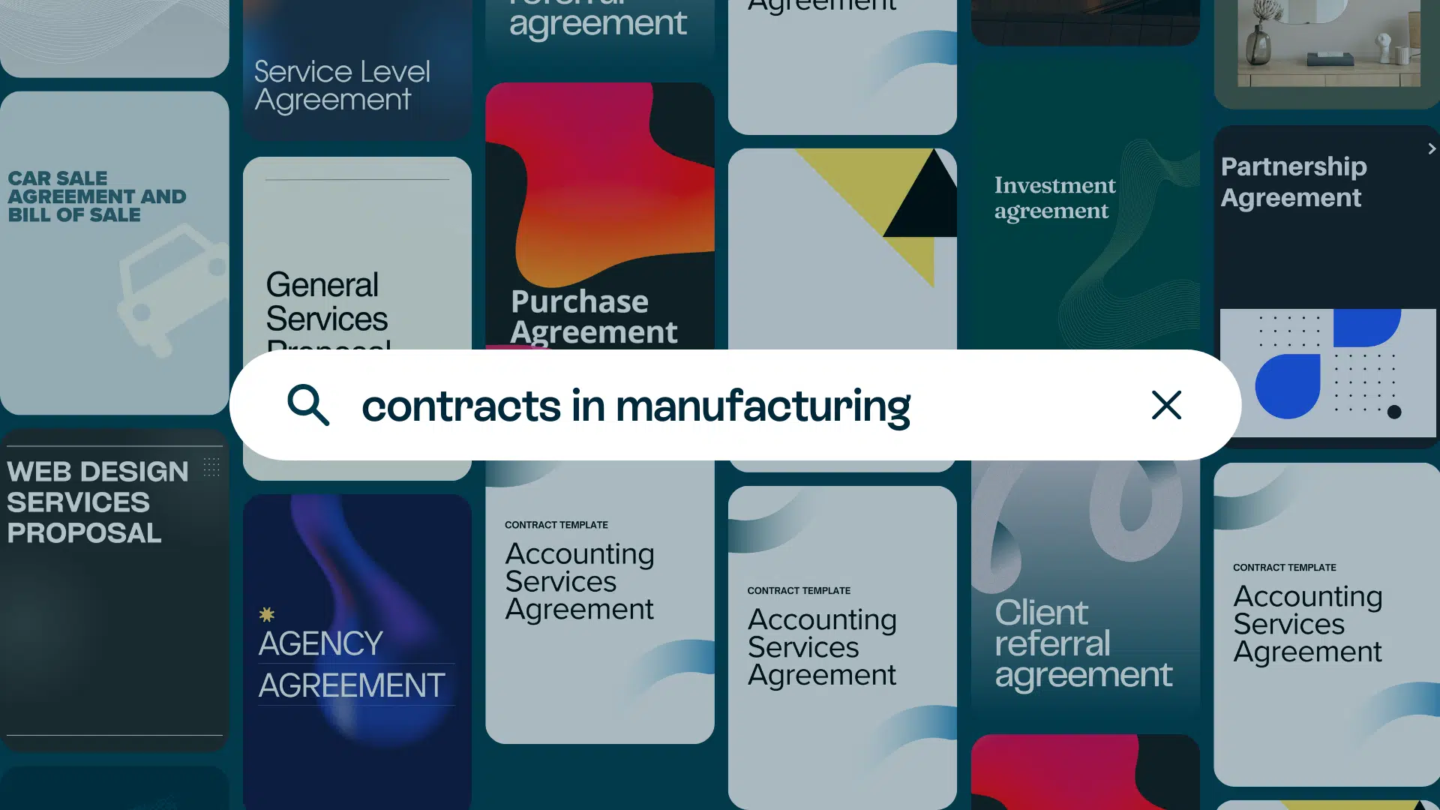In today’s fast-paced and highly competitive business world, companies are continually looking for ways to streamline their operations and increase efficiency. Integrating your software systems is an excellent way to achieve this goal. In this article, we’ll dive into the reasons why you should integrate your software and explore the steps you need to take to make it happen.
How to integrate your contracts with your CRM?
Contract management is an essential part of any business operation. Managing contracts manually can be time-consuming and error-prone. The good news is that you can integrate your contract management software with your Customer Relationship Management (CRM) system for a more streamlined workflow.
Integrating your CRM and contract management systems can offer several benefits for your business. By having all your customer and contract data in one place, you can improve your team’s productivity and efficiency. This integration can also help you to reduce errors and improve data accuracy, which can save you time and money in the long run.
The first step in integrating your CRM and contract management systems is to identify the data fields that need to be shared between the two systems. These fields can include customer data, contract details, and payment information. By mapping these fields, you can ensure that the data is transferred accurately between the two systems.
Once you’ve identified the necessary data fields, you can start to integrate your software. There are several ways to integrate your CRM and contract management systems, including using APIs or a third-party integration tool. The most important thing is to ensure that the integration is secure and complies with your company’s data protection policies.
Testing and monitoring the integration is also essential to ensure that everything is working as intended. Regular testing can help you to identify any issues or errors and fix them before they cause any problems. Monitoring the integration can also help you to identify any potential security risks or data breaches.
Another benefit of integrating your CRM and contract management systems is that it can help you to improve your customer relationships. By having all your customer data in one place, you can gain a better understanding of your customers’ needs and preferences. This can help you to provide a more personalised service and improve customer satisfaction.
Read also: Powerful integrations designed to work wonders

How to integrate your software with your task management system
Task management is another crucial aspect of running a successful business. Integrating your software with your task management system can help you automate processes and reduce the risk of errors. In this section, we’ll discuss the steps you should take to integrate your software and task management system.
The first step in integrating your software with your task management system is to identify the task management software you’re going to use. There are many options available, such as Trello, Asana, and Jira. It’s important to choose a task management system that aligns with your business needs and objectives. Take the time to research and compare different options to determine which one is the best fit for your organisation.
Once you’ve chosen your task management system, create a list of the tasks that need to be automated. This could include tasks such as data entry, sending notifications, and generating reports. Consider the tasks that take up the most time and resources in your organisation. Automating these tasks can help you streamline your processes and increase efficiency.
The next step is to identify the data fields that need to be shared between the two systems. For example, you may need to share customer data, project details, and task information. It’s important to ensure that the data being shared is accurate and up-to-date. This can help you avoid errors and ensure that everyone is working with the same information.
Once you’ve identified the data fields, create a mapping between the fields in your software and task management systems. This mapping will help ensure that the data is transferred correctly between the two systems. It’s important to test the mapping thoroughly to ensure that it’s accurate and working correctly.
Setting up the integration itself can be done using APIs or a third-party integration tool. APIs allow different software systems to communicate with each other, while third-party integration tools can simplify the process of setting up the integration. When setting up the integration, it’s important to follow your company’s data protection policies and ensure that the integration is secure. This can help protect sensitive information and prevent data breaches.
Read also: The benefits of contract management software to your business
The importance of integrating your software
Software integration is an essential process that helps businesses to streamline their operations and increase efficiency. Integrating software allows different systems to work together seamlessly, which can lead to a range of benefits for your business.
One of the most significant advantages of integrating your software is greater efficiency. Integrated systems can automate processes, reducing the risk of errors and saving time. For example, if you integrate your inventory management system with your sales system, you can automatically update your inventory levels every time a sale is made. This can save you time and reduce the risk of errors that can occur when updating inventory levels manually.
Another benefit of integrating your software is improved accuracy. When you integrate your software, data is shared automatically, reducing the risk of data entry errors and other mistakes. For example, if you integrate your accounting software with your sales software, you can automatically transfer data such as invoices and payments. This can help to reduce errors and ensure that your financial records are accurate.
Better visibility is another advantage of integrating your software. Integrating systems can give you a more comprehensive view of your business operations, allowing you to make better-informed decisions. For example, if you integrate your customer relationship management (CRM) system with your sales system, you can get a complete view of your customers’ interactions with your business. This can help you to identify trends and make decisions that can improve your business.
Integrating your software can also help you to stay competitive. In today’s world, businesses need to be agile and able to respond quickly to changing market conditions. Integrating your software can help you to do this more easily. For example, if you integrate your sales system with your marketing system, you can quickly respond to changes in customer behavior or market trends.
Read also: Oneflow’s integrations: Our types of integrations, and how they work

Software integration: Which integrations should you prioritise?
With so many different software systems in use in modern businesses, it can be challenging to decide which integrations to prioritise. Ultimately, the answer will depend on your company’s specific needs and objectives.
However, there are a few integrations that are likely to be useful for most companies, such as integrating your CRM and finance software. This can help you to get a better view of your customer’s financial history and improve your invoicing processes.
Another useful integration is between your project management and accounting software. This can help you to track costs and expenses more accurately and ensure that projects are completed on time and within budget.
Moreover, integrating your email marketing platform with your CRM can help you to streamline your lead generation and customer retention efforts. By tracking customer behavior and preferences, you can create targeted email campaigns that are more likely to convert and drive revenue.
Integrating your HR software with your payroll system can also be beneficial, allowing you to automate tasks like onboarding and benefits management. This can save time and reduce errors, while also improving employee satisfaction.
Additionally, integrating your e-commerce platform with your inventory management system can help you to optimise your supply chain and reduce the risk of stock-outs or overstocking. By keeping track of inventory levels and sales data, you can make informed decisions about purchasing and stocking products.







